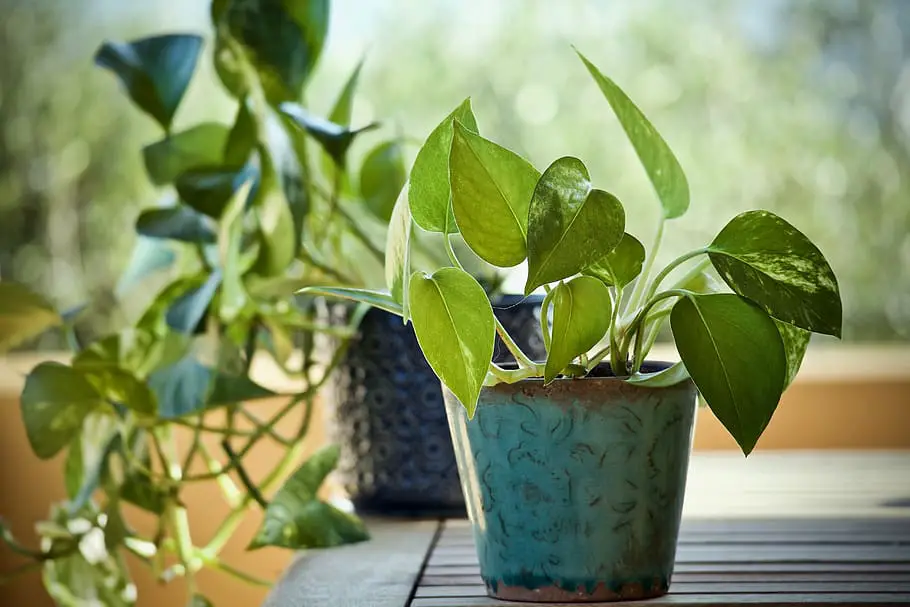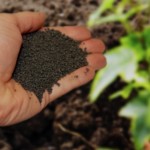Plants have a way of brightening up any space, adding a touch of nature’s beauty to our indoor environments. One such plant that has gained immense popularity for its beauty and easy care is the pothos. Whether you’re a seasoned plant enthusiast or just starting your indoor garden journey, understanding the importance of choosing the right soil for your pothos is essential.
Introduction
Pothos, scientifically known as Epipremnum aureum, is a versatile and resilient plant that has become a favorite among plant enthusiasts. Its vibrant foliage, air-purifying properties, and low-maintenance nature make it an ideal choice for both beginners and experienced plant lovers. While proper watering and lighting play crucial roles in pothos care, the significance of choosing the right soil should not be underestimated.
Understanding Pothos Plants
Native to Southeast Asia, pothos is a member of the Araceae family. It is characterized by its heart-shaped leaves and trailing vines, making it a popular choice for hanging planters or cascading from shelves. Pothos plants are known for their ability to adapt to various environments, including low light conditions, which makes them a favorite for indoor spaces.
The Role of Soil in Pothos Health
The soil serves as the foundation for any plant’s well-being, and pothos is no exception. It provides essential nutrients, supports root growth, and affects water drainage. The right soil composition can make a significant difference in the growth and vitality of your pothos plant.
Key Characteristics of the Best Soil for Pothos
When it comes to selecting the best soil for your pothos, there are several key characteristics to keep in mind:
1. Well-Draining:
Pothos plants prefer soil that allows excess water to drain effectively. A well-draining soil mix prevents water from pooling around the roots, reducing the risk of root rot.
2. Nutrient-Rich:
A nutrient-rich soil provides the essential minerals and elements that pothos plants need to thrive. Look for a soil mix that contains organic matter and balanced nutrients.
3. Aerated and Light:
Pothos roots require oxygen for healthy growth. Choosing a soil mix that is light, airy, and well-aerated ensures proper oxygen circulation to the roots.
4. pH Balance:
Maintaining a slightly acidic to neutral pH level (around 6.0 to 7.0) in the soil is ideal for pothos plants. This pH range facilitates nutrient absorption and supports overall plant health.
Choosing the Right Soil Mix
While there are various pre-packaged soil mixes available in the market, creating a custom mix allows you to tailor the soil to your pothos’ specific needs. Here’s a simple DIY soil mix recipe:
DIY Pothos Soil Mix:
- 50% well-draining potting mix
- 25% perlite or orchid bark for aeration
- 25% compost or peat moss for nutrient retention
Mix these components thoroughly to create a well-balanced soil mix that provides adequate drainage, aeration, and nutrition for your pothos plant.
Repotting Your Pothos
As your pothos plant grows, it will eventually outgrow its current pot. Repotting is an essential step in ensuring your plant’s continued health and vitality. Here’s how to repot your pothos:
- Choose a slightly larger pot with drainage holes.
- Gently remove the plant from its current pot and shake off excess soil.
- Place a layer of the prepared soil mix at the bottom of the new pot.
- Position the pothos in the center and fill the pot with the soil mix, ensuring the plant sits at the same depth as before.
- Water the plant thoroughly and place it in its designated spot.
Caring for Your Pothos
Caring for your pothos goes beyond just providing the right soil. Here are some additional tips to ensure your pothos thrives:
- Light: Pothos plants can adapt to various light conditions, but they thrive in bright, indirect light. Avoid direct sunlight, as it can scorch the leaves.
- Watering: Allow the top inch of the soil to dry before watering. Overwatering can lead to root rot, so it’s essential to maintain a balanced watering routine.
- Fertilizing: Feed your pothos with a balanced liquid fertilizer during the growing season (spring and summer) every 4-6 weeks.
- Pruning: Regularly trim dead or yellowing leaves to promote new growth and maintain the plant’s shape.
Conclusion
In the world of indoor gardening, pothos plants stand out for their beauty and resilience. Choosing the right soil for your pothos is a critical step in ensuring their overall health and vitality. By providing a well-draining, nutrient-rich, and properly aerated soil mix, you can create an optimal environment for your pothos to flourish. Remember to monitor your plant’s growth, repot when necessary, and provide the care it deserves. With the right soil and proper care, your pothos will be a stunning and thriving addition to your indoor oasis.
FAQ: Your Pothos Questions Answered
Q1: How often should I water my pothos? A1: Wait until the top inch of the soil is dry before watering. Stick your finger in – if it feels dry, it’s time to water.
Q2: Can I use regular garden soil for my pothos? A2: Nope! Pothos prefers well-draining soil. Regular garden soil can hold too much water and harm your plant.
Q3: Why are the leaves on my pothos turning yellow? A3: Yellow leaves can mean overwatering, poor drainage, or too much sunlight. Check your watering routine and lighting conditions.
Q4: How do I know when it’s time to repot my pothos? A4: If your pothos looks cramped in its pot, it’s time to upgrade to a bigger home.
Q5: Can I place my pothos in direct sunlight? A5: Pothos prefers bright, indirect light. Direct sunlight can scorch its leaves.






